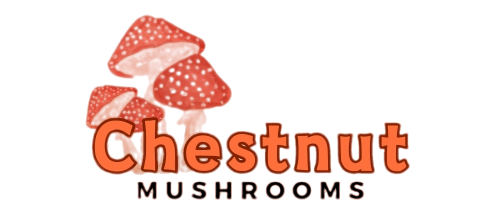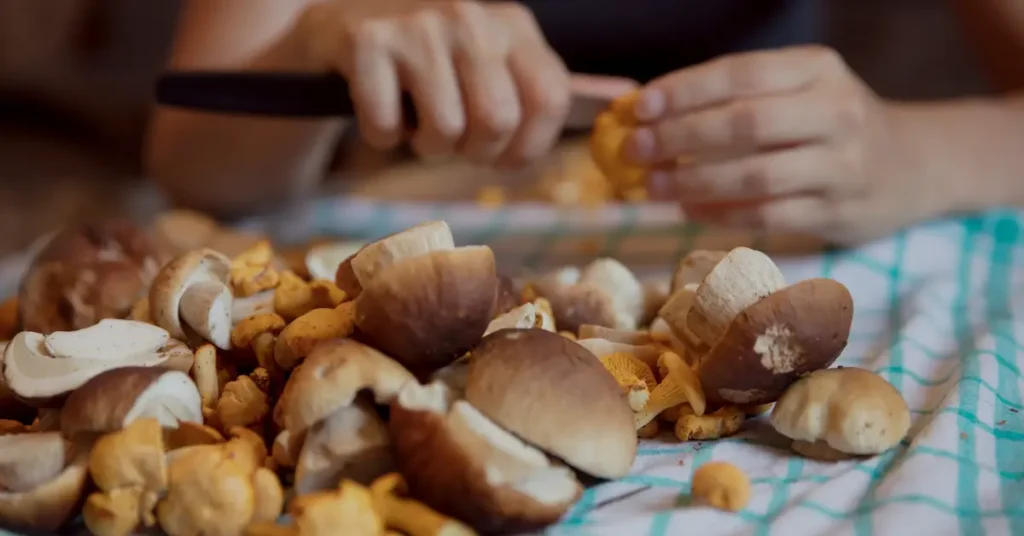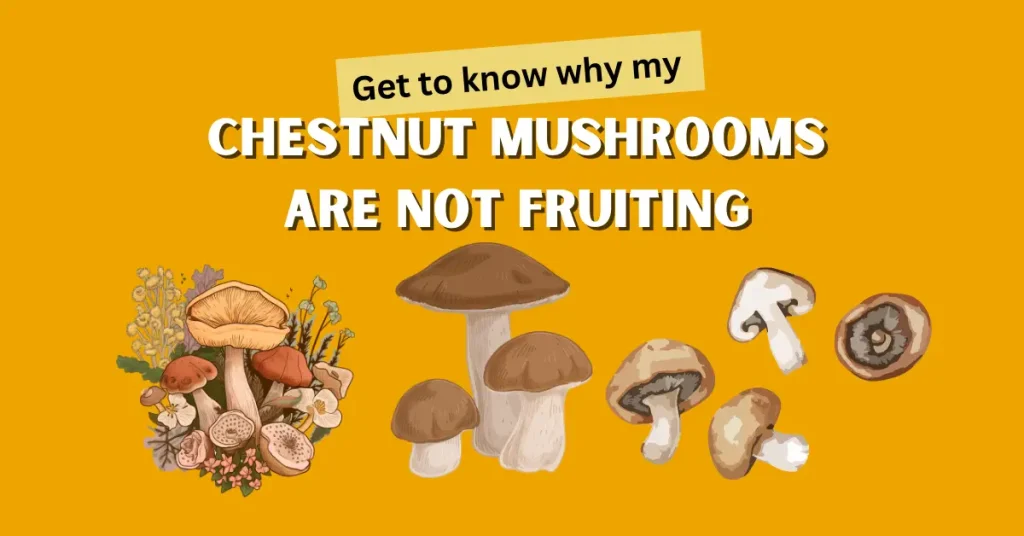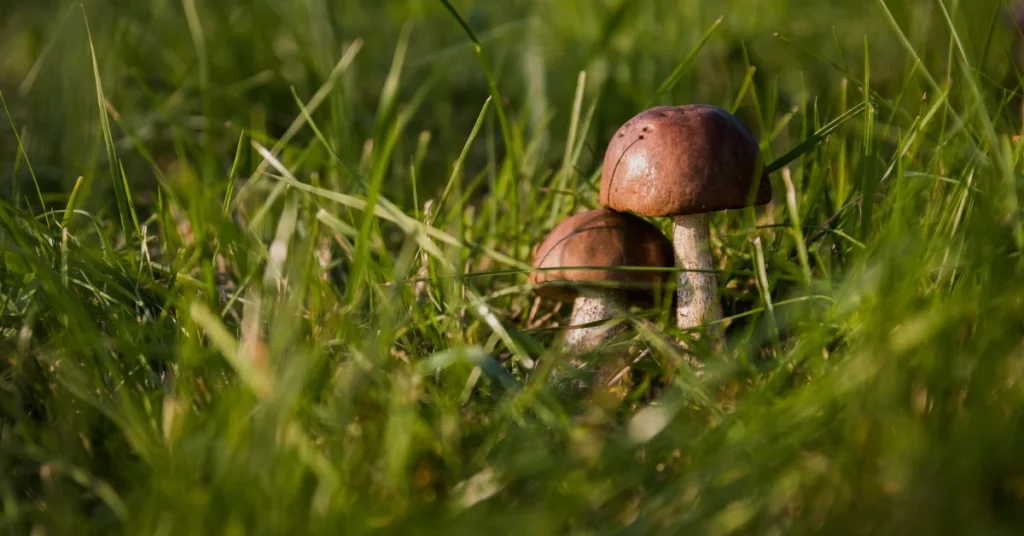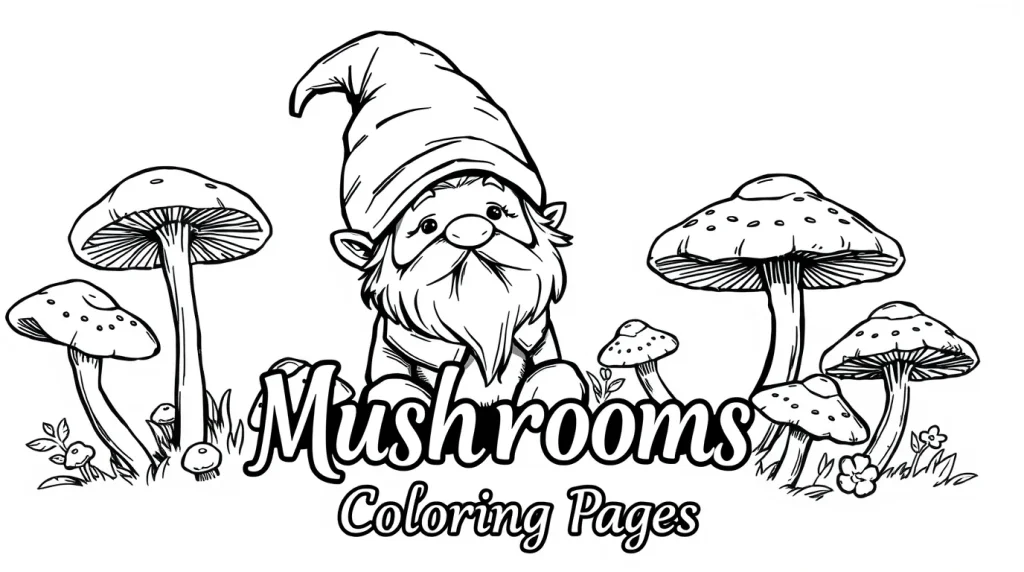Chestnut Mushrooms Vs Shiitake Mushrooms
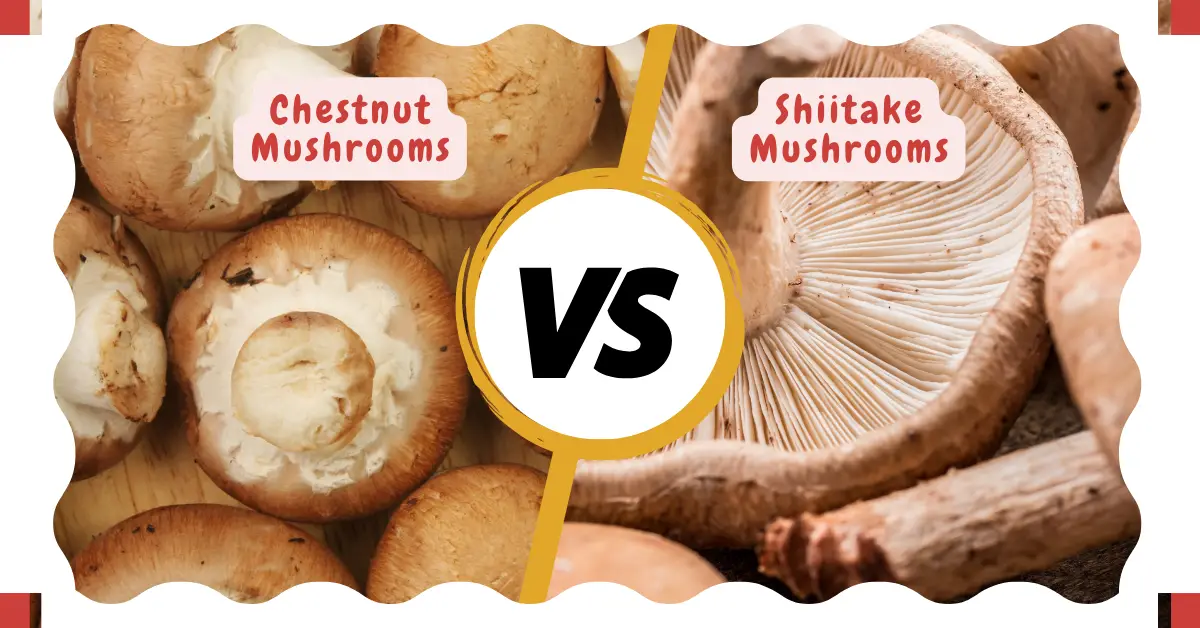
Mushrooms have a rich history as a culinary ingredient, being used in various cuisines worldwide. Their earthy flavors and versatile nature make them a great addition to dishes ranging from soups and stews to pizzas and pastas. Mushrooms are not only flavorful but also rich in nutrients, including fiber, vitamins, and minerals.
There are several different kinds of edible mushrooms, including oyster, Portobello, button, shiitake, and chestnut.
This article will give you information on the differences between chestnut and shiitake mushrooms.
Comparison Table
| Characteristic | Shiitake Mushrooms | Chestnut Mushrooms |
| Scientific name | Lentinula Edodes | Pholiota adiposa |
| Color | Dark Color cap with light brown stem. | Light or dark brown cap, light stem. |
| Appearance | Larger in size having an umbrella-shaped cap. | Smaller in size and button-shaped cap. |
| Flavor | Smoky. Earthy mild flavor. | Rich, earthy and meaty flavor. |
| Season | Most commonly grown in autumn and spring. | Can be grown throughout the year. |
| Texture Profile | Versatile texture. Cap is firm and meaty while stem is chewy and stringy. | Denser and harder texture than other varieties of white button mushrooms. |
| Nutritional Profile (per 100g) | Calories: 34cal, protein: 2.2g, carbs: 6.8g, fat: 0.5 g, fiber: 2.5 g. Also contains vitamin B and minerals like copper and selenium. | Calories: 22cal, protein: 2.5g, carbs: 3.4g, fat: 0.3g, fiber: 1g Also contains B vitamins and is rich in minerals like potassium. |
| Popular uses | Most commonly used in Asian cuisines, are soups stir-fries, and stews. | Used in salads, soups, and stir-fries. |
| Growing areas | Mainly grown in East Asia. However, now grown worldwide. | Grown globally. |
History and Origin
Shiitake word is derived from a Japanese term having two words “shii” means tree (Castanopsis Tree) on which these mushrooms were grown for the first time accidentally while the other word “take” means mushrooms.
Shiitake mushrooms have a very long and popular history when they were first grown in East Asia, especially in the regions of China and Japan.
The history recalls that these mushrooms were first discovered on the parts of the decayed logs by Chinese farmers who were cultivating there. Their earthy aroma and soft meaty texture tend to cultivate more of these mushrooms on logs with an adaptation of new and modern techniques.
Gradually and steadily these mushrooms have become part of Chinese cuisine more prominently in stir-fried soups, salads and other yummy dishes. After their popularity in China and Japan and now people around the world are enjoying the rich flavor by adding it to their diets.
The chestnut mushroom is a combination of two words Pholiota adiposa: Pholiota means scaly, and adiposa is the specific epithet meaning greasy, referring to the greasy cap surface of this woodland mushroom. The common name “chestnut” mushrooms is derived from the distinctively rich chestnut brown coloration of the caps when these mushrooms reach full maturity.
These mushrooms exhibit a dual feeding behavior, acting as both parasites and saprophytes.
Besides their rich flavor profile, these mushrooms also provide us with many health benefits, making them a good fit to add to healthy diet plans.
Cultivation Process
Shiitake mushroom
Shiitake mushrooms are versatile: you can grow them in both indoor and outdoor setups. However, requirements and conditions may vary.
- For outdoor cultivation, all you need is to select healthy seeds from healthy mushrooms (spawn), then, choose the log wisely that is suitable for the growth of shiitake mushrooms most commonly hardwoods like oak or maple woods. The holes must be made through a drilling machine to prepare the log for inoculation and colonization. After filling spawn holes, let it in the cool and shady area.
- Keep watering the logs at regular intervals to maintain the moisture level that would help in the growth of mushrooms. This would take a couple of months, once mushroom caps begin to grow and when they achieve their desired size i.e., 3-4 inches, you can cut them from the base for the next round of their yield.
- Indoor cultivation of shiitake mushrooms is not a difficult activity. All you need is the growth medium which could be sawdust or straw. Just be focused on controlling the humidity, temperature and lighting conditions. If you want to enjoy the real bounties of your crop, give proper care and attention during the growth phase.
Chestnut mushrooms
Chestnut mushrooms can be grown easily indoors and outdoors.
- Indoor cultivation can be done in a tray or container filled with soil and a mixture of compost like peat moss and vermiculite. Set the growing medium in the tray, sterilization is the mandatory process to prevent contaminating organisms. Once the tray has been filled, you can spread cremini spawn evenly throughout the tray and set the final layer of moist soil to maintain moisture conditions.
- For an outdoor setting, the first thing is to choose an appropriate location where you want to grow the mushrooms. A partially shady place is a good choice with well-drained soil. The preparation of soil includes compost and organic matter for well growth.
Both types of mushrooms can be chosen for indoor and outdoor cultivation. But if you are a beginner, choose chestnut mushrooms for indoor cultivation because they are easier to grow than shiitake mushrooms as shiitake mushrooms need some peculiar requirements in terms of wood substrates, temperature and humidity conditions.
Antioxidants
Shiitake and chestnut mushrooms are packed with antioxidants and other phytochemicals. Both mushrooms are a good source of fibers that not only help in digestion but also help in maintaining your overall well-being.
Let’s explore both in short detail.
Shiitake mushrooms are rich in ergothionine component that aids in protecting your body cells from oxidative stress and anti-inflammatory properties. Shiitake mushrooms are also packed with beta-glucans that boost your immunity and protect your body against cancer.
On the other hand, chestnut mushrooms are also rich in antioxidants especially phytochemicals like flavonoids. These compounds give several health benefits while reducing the risk of chronic diseases like heart disease and other diseases that may lead to cancer.
Availability on Market Shelves
When going for groceries, the mushroom lovers find their love on the shelves but the problem is when is the right time to find their love on supermarket shelves.
Shiitake mushrooms can be available on market shelves throughout the year but if you want to incorporate fresh mushrooms in your soups, so you have to visit mart and purchase them during fall and winter days.
While cremini mushrooms are known for their ease of availability. So it’s easy to find them all year round on market shelves but their accessibility may affected by the area and location of a superstore.
Shiitake and chestnut mushrooms are also found in dried forms which is more suitable to use in recipes because of their crispy texture and they also possess a longer shelf life.
Health Benefits
The rich nutritional profile of shiitake and chestnut mushrooms contributes to several health benefits.
Shiitake mushrooms consist of beta-glucans that not only boost the immune system but also help in reducing inflammation. Shiitake mushrooms also possess effective anti-viral and anti-bacterial properties that enhance their medicinal significance.
Chestnut mushrooms are rich in selenium content that contributes to preventing oxidative stress in the body.
Both chestnut and shiitake mushrooms have good competition in providing health benefits. Adding both mushrooms to your diet can provide a healthy lifestyle by maintaining your overall well-being.
Conclusion
After reading the whole article it would get easier for you how to opt for mushrooms when you are doing grocery. By understanding their distinct characteristics, flavors, textures, and nutritional profiles, it is now easier to add them to daily routines. They provide several health benefits if chosen or consumed within proper ranges so they also work as medicine for many diseases. So, have a delightful and nutritious life with earthy notes of chestnut mushrooms or a smoky flavor of shiitake mushrooms.
FAQs:
Q: Is chestnut mushroom a good alternative to shiitake mushroom?
A: Yes, chestnut mushrooms can be used as a good alternative to shiitake mushrooms, although they both possess a slight difference in their properties and nutrients.
Q: What kind of allergies may be caused by shiitake or chestnut mushrooms?
A: There are rare cases of allergies reported by these mushrooms, but individuals may face digestive sensitivity, skin rashes, and respiratory issues in some cases.

Hi, I am Nazish Arif. I am a Food Scientist. On this Blog, I do share insights about Chestnut Mushrooms, Mushrooms Recipes, along with information of other mushrooms as well.
